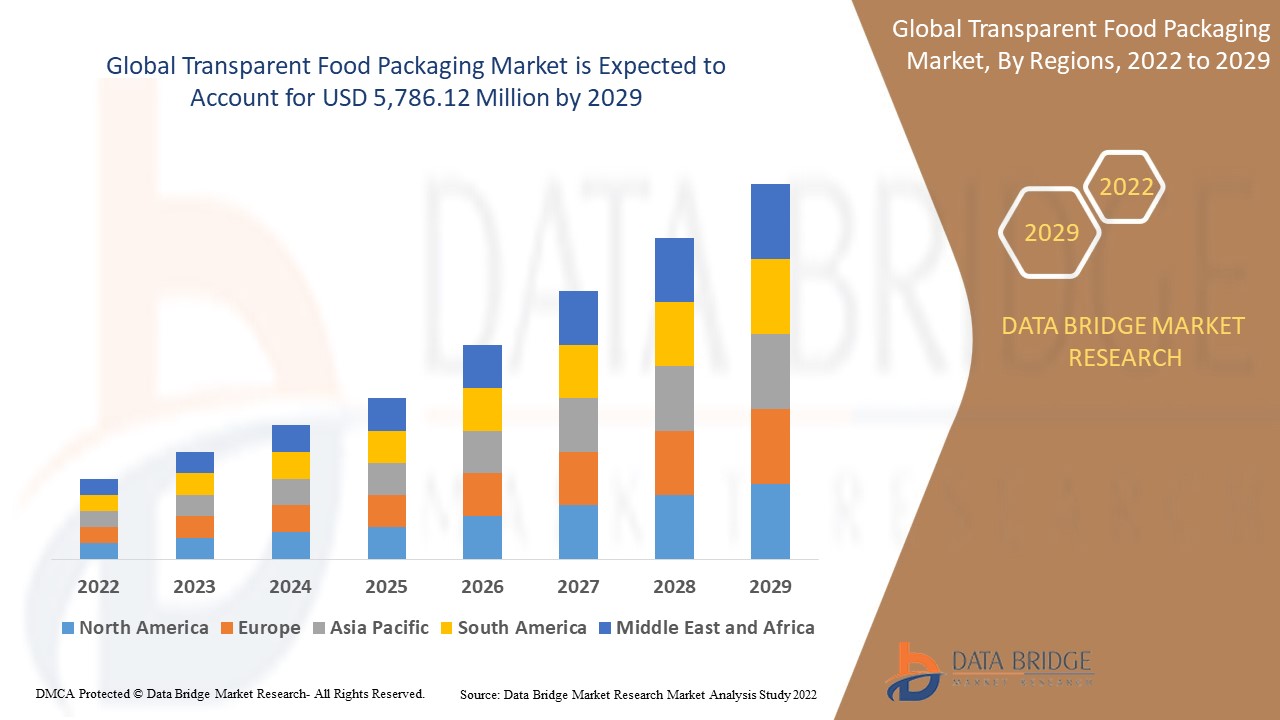Dynamics 365 Upgrade Best Practices in 2025
To make the transition seamless and effective, businesses must follow industry-proven best practices. Here are the top dynamics 365 upgrade best practices every organization should consider in 2025.

As digital transformation accelerates in 2025, more businesses are turning to Microsoft Dynamics 365 to power their operations, customer engagement, and decision-making. However, to maximize the value of the platform, its essential to keep systems up to date. A well-executed dynamics 365 upgrade not only delivers enhanced features and performance but also ensures compliance, scalability, and security in a constantly evolving digital landscape.
Upgrading isn't just about deploying new technologyit's about aligning systems with business strategy, optimizing workflows, and preparing for future growth. To make the transition seamless and effective, businesses must follow industry-proven best practices. Here are the top dynamics 365 upgrade best practices every organization should consider in 2025.
1. Align the Upgrade with Business Goals
A successful dynamics 365 upgrade should begin with a clear understanding of business objectives. Is your company seeking to improve remote work capabilities, automate manual processes, or enhance reporting and analytics?
Aligning the upgrade with strategic goals ensures the investment supports broader digital transformation initiatives. Collaborate with department leaders to identify use cases that will benefit most from new features and cloud capabilities.
2. Conduct a Full System Assessment
Before initiating an upgrade, conduct a comprehensive review of your current Dynamics environment. Evaluate:
-
The version you're currently using
-
Customizations and extensions
-
Data volumes and integrity
-
Third-party integrations
-
Licensing requirements
A full system audit helps identify potential risks, redundant customizations, or obsolete data that could complicate the dynamics 365 upgrade process. This step lays the foundation for smarter planning and cleaner implementation.
3. Evaluate Cloud Readiness
In 2025, most Dynamics 365 implementations are cloud-based, offering greater flexibility, security, and scalability. If you're upgrading from an on-premises version like Dynamics AX, NAV, or GP, it's essential to evaluate cloud readiness.
Assess your organization's internet infrastructure, security protocols, and data governance policies. A cloud-based dynamics 365 upgrade enables automatic updates, reduced IT maintenance, and better integration with other Microsoft services.
4. Involve Stakeholders Early
Involving key stakeholders early in the planning process is critical. Include IT teams, department heads, and end-users in discussions to gather insights and requirements. This collaborative approach ensures the dynamics 365 upgrade addresses real business needs and promotes user adoption.
Moreover, stakeholders can help identify mission-critical workflows, reporting needs, and any department-specific customizations that must be preserved or enhanced.
5. Clean and Prepare Your Data
Data quality can make or break an upgrade. Before migration, review your data for duplicates, inaccuracies, and outdated entries. Clean data ensures smooth migration and reliable analytics in the upgraded system.
In 2025, tools like AI-assisted data cleansing and automated validation scripts can help streamline this process. Dont underestimate the value of good data hygieneits the foundation for accurate forecasting, reporting, and customer insights.
6. Simplify Customizations
Older Dynamics versions often include heavy customizations, many of which are no longer needed or are now available as standard features. During your dynamics 365 upgrade, review all custom developments and consider simplifying or removing them.
Leverage Microsofts modern capabilitiessuch as Power Automate, Power Apps, and embedded AIto replace outdated custom code with scalable, low-maintenance solutions. This reduces costs and simplifies future upgrades.
7. Test Thoroughly Before Launch
Rigorous testing is essential for a smooth upgrade. Create a test environment that mirrors your production setup and run comprehensive tests, including:
-
Functional tests for core processes
-
Integration tests with third-party apps
-
Performance and load testing
-
User acceptance testing (UAT)
Engage real users to validate workflows and ensure the upgraded system meets their expectations. Testing reduces post-go-live issues and builds confidence across teams.
8. Provide Training and Support
A successful dynamics 365 upgrade in 2025 depends heavily on user adoption. Provide training tailored to each teams role and responsibilities. Offer video tutorials, live demos, quick-reference guides, and access to a helpdesk or support team.
Equipping users with the knowledge and tools they need will maximize productivity and ensure your team takes full advantage of the platforms capabilities.
9. Use Microsoft and Partner Resources
Take advantage of tools and resources provided by Microsoft and its certified partners. Microsoft offers upgrade assessment tools, documentation, cloud migration services, and support communities.
A trusted Microsoft partner can guide your upgrade strategy, manage migration, and help you avoid common pitfalls. Their expertise ensures your dynamics 365 upgrade is completed efficiently, with minimal disruption.
10. Plan for Ongoing Optimization
The upgrade doesnt end at go-live. Schedule periodic system reviews, performance monitoring, and feature adoption checks to ensure continued success. Microsoft regularly introduces new capabilitiesbe proactive in evaluating how they can benefit your operations.
Continuous improvement ensures your investment in Dynamics 365 continues to drive value well beyond the initial upgrade.
Final Thoughts
In 2025, a dynamics 365 upgrade is more than just a software refreshits a business enabler. By following best practices such as aligning with business goals, cleaning data, simplifying customizations, and empowering users, organizations can achieve a seamless transition and unlock the full potential of their ERP and CRM systems.
Staying up to date with Dynamics 365 means staying competitive, agile, and ready for the future of digital business.




























